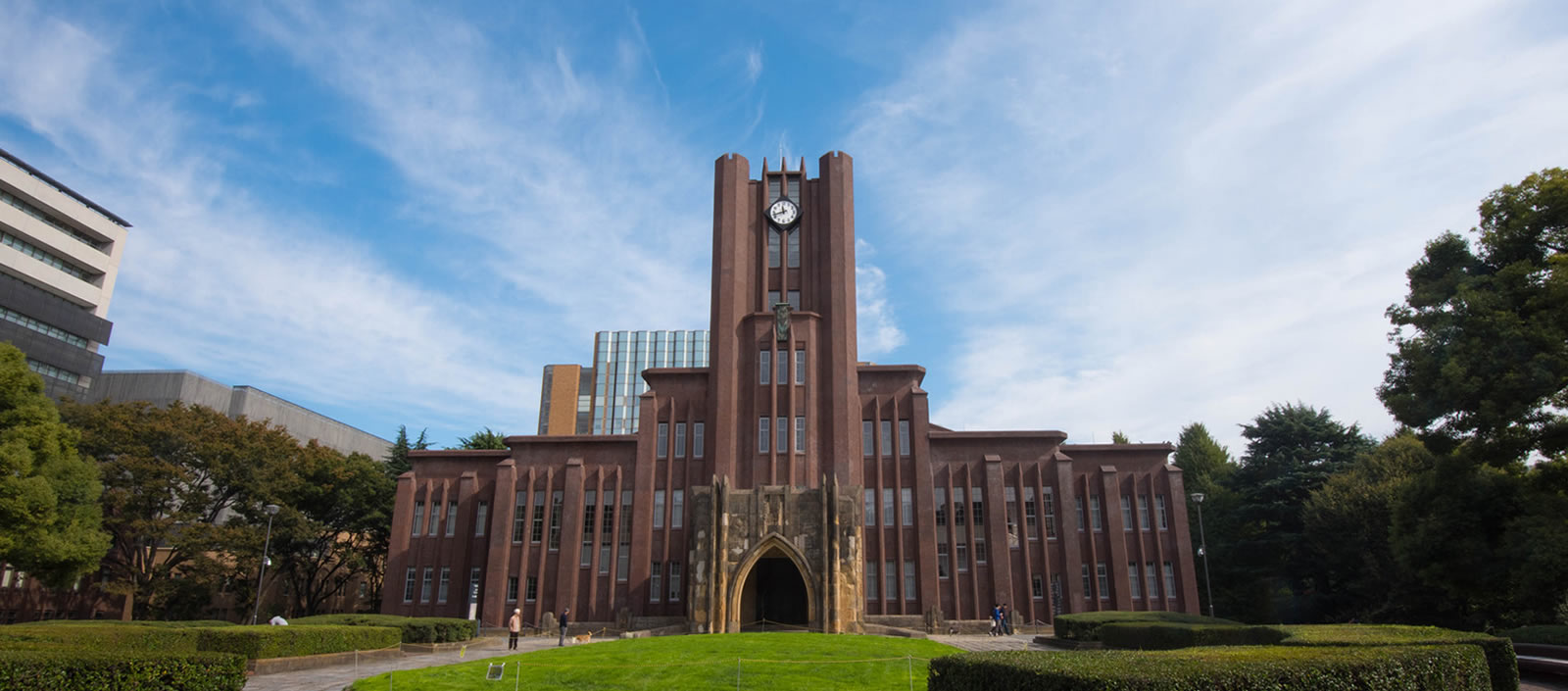| kkohno@ioa.s.u-tokyo.ac.jp | |
| TEL | +81-422-34-5021 |
| Room | 2009, IoA Mitaka 2F |
| Links |
Research Field
Extragalactic radio astronomy
Research Subject
A study of active galaxies and high-redshift galaxies based on millimeter and submillimeter-wave observations and development of devices and equipments for observatioinal astronomy
Current Research
Various active phenomena observed in the central regions of galaxies (such as burst of star formation and activities associated with mass accretion onto massive black holes, known as active galactic nuclei), as well as their formation and evolution processes, are thought to be critically influenced by relatively cool 'interstellar matter,' which includes gases in various states and solid particles known as dust. An important and unique observational method focuses on the 'millimeter and submillimeter wavebands,' primarily utilizing the ALMA observatory for observational research. I'm interested in studying a wide range of galaxies, from local to early-universe galaxies, but recently, I have been leading a large ALMA program called the ALMA Lensing Cluster Survey (ALCS), focusing on galaxy cluster regions that show strong gravitational lensing effects. This program has led to the discovery of interesting sources, such as millimeter-wave sources that are not visible in the near-infrared wavelengths. These studies also use data from the JVLA in the centimeter-wave and from the JWST in visible and infrared wavelengths. I am also conducting observational studies of active galactic nuclei from the current to the early universe.
Promoting and advancing such observational research critically depends on pushing forward with the development of new observational devices and techniques. For example, we are leading the international joint development of new millimeter and submillimeter wave spectroscopic devices such as DESHIMA and its development into a three-dimensional imaging spectrograph, TIFUUN, planning their deployment on the 10-meter diameter submillimeter telescope (Atacama Submillimeter Telescope Experiment, ASTE) in Chile. Based on these new technological developments, we are planning to search for high-redshift dusty starburst galaxies and dust-enshrouded growing super-massive black holes. We are also planning to extract information from less-massive galaxies that have been overlooked by existing telescopes like ALMA, using the line intensity mapping technique, in collaboration with domestic and international research institutions and universities.
Keywords
millimeter and submillimeter wavelengths, interferometers, SIS mixers, TES, MKID, active galactic nuclei, starburst, gamma-ray burst, submillimeter galaxies, radio galaxies, interstellar medium, dense molecular gas, cold dust


